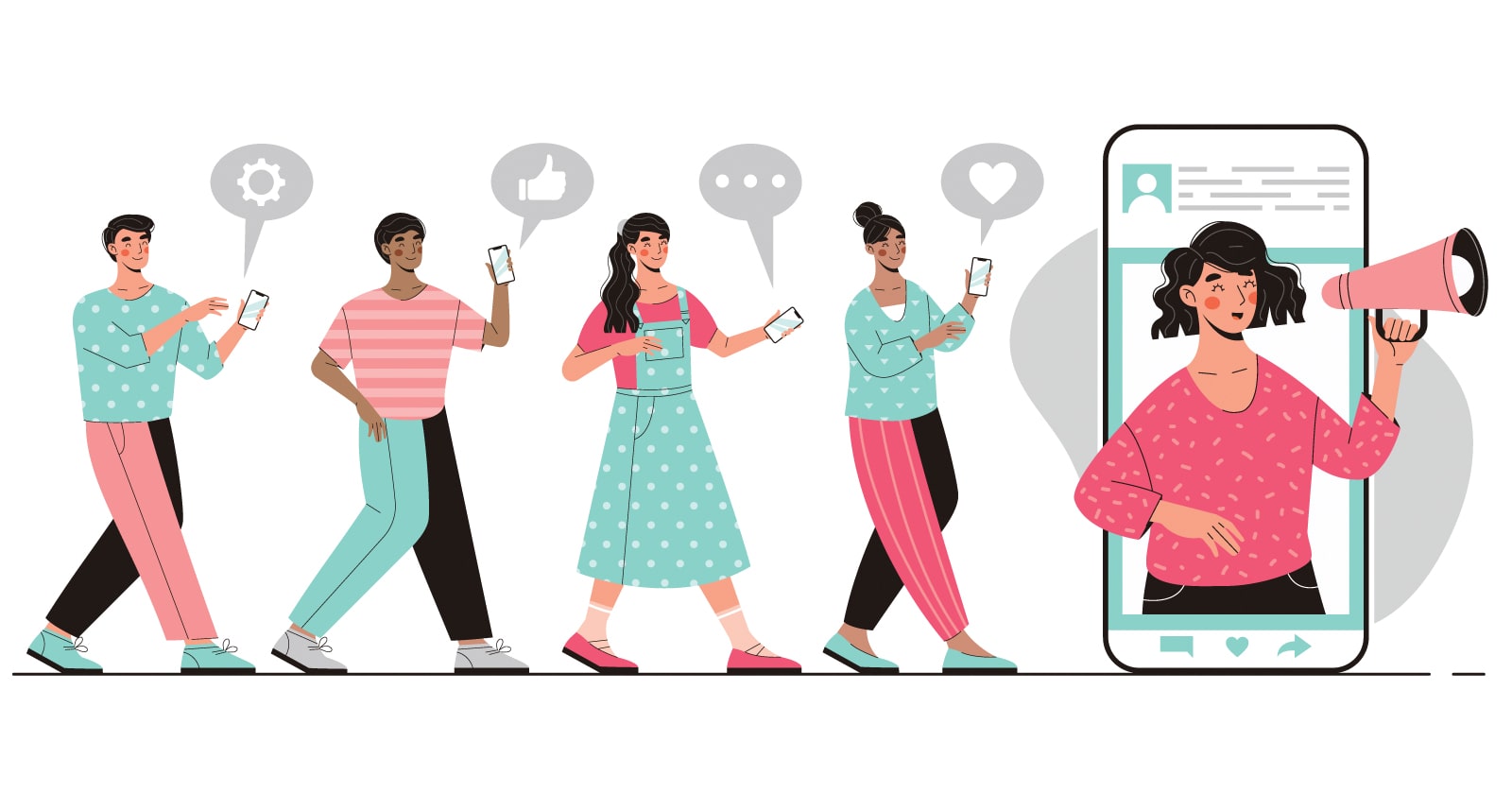Consumers’ chatter about products and service experience is a powerful marketing tool, and this informal communication has an entertainment dimension often fueled by funny consumption stories.
Bodo Lang, marketing professor at Massey University in Auckland, New Zealand, examined what makes consumers talk about products and service experience, why word-of-mouth (WOM) works, and how much it can be trusted. When people hear recommendations about a product or service from their friends and family, they’re more likely to follow up than simply from an advertisement.
“I was more focused on what makes people talk about the price of certain experiences and why they want to entertain others,” Lang said during a presentation at FIU Business in February. “What’s surprising is that nobody has ever thought of the fact that we use WOM to entertain each other because once you talk about it its completely logical, it just makes sense.”
Why do consumers use WOM to entertain?
Consumers want to entertain others because people have fun, like their jokes, their funny consumption stories and it makes them grow their network. They feel it improves their self-esteem, ‘it makes me feel good about myself’, and impression management – ‘makes people feel highly of me’.
How does WOM become entertainment?
It generally happens when a service experience goes very badly or very well. The events tend to result in high effect, high emotions – embarrassed, angry, grateful – and then also tends to help if you’re interested in the type of stuff it was about. If something goes badly there’s a higher chance they’ll talk about it.
People are much more likely to talk about things they’re highly involved in because these are more meaningful to them, and they make an entertaining story about them. Those stories often have a protagonist and an antagonist; the antagonist might be the brand or other consumers. Often there’s a typical resolution at the end.
How can you apply WOM in media and marketing?
You want to be able to train yourself to understand the basic building blocks of what makes a good story. You have to have a protagonist and an antagonist and determine what’s the socially most appropriate and palatable way of telling the story. Talking to a church congregation you use a different story, different words compared to the quarterback coming back into the locker room after the game.
It’s a bit like if you’re a business and have what you call a service script, the five steps from which we make the job of a situation – this first, next this and this follows. It’s a very clear process.

